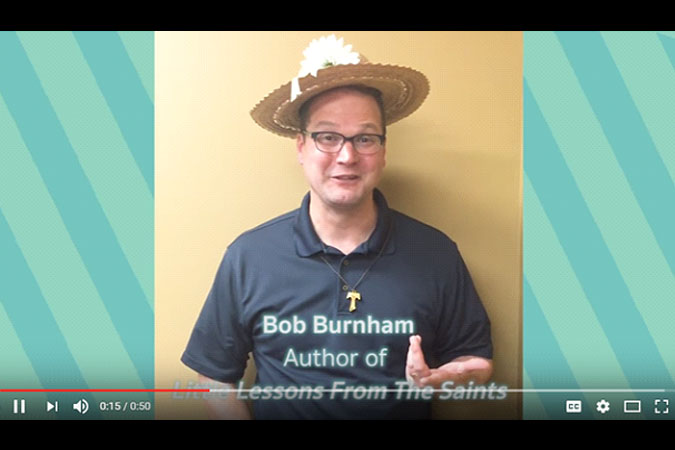
One of my favorite new books from Loyola Press is Gary Jansen’s Microshifts: Transforming Your Life One Step at a Time. This book makes so much sense to me, because few of us wake up one day and decide to be evil and accomplish it in one huge fell swoop. We tend to “wade” into unseemly thoughts and actions on a gradual basis, often without paying attention to where we are going until we find ourselves stuck in the muck. In the same way, then, we need to make microshifts to emerge gradually from such unhealthy behaviors and move into healthier ones. I recommend you read the book for your own spiritual edification.
At the same time, here at Catechist’s Journey, we are using the theme of microshifts to engage with catechists this week. Few of us become catechetical superheroes overnight! Rather, over many weeks, months, and years, we make a myriad of microshifts that eventually result in us being highly effective in our ministry.
With that in mind, the microshift that I would like to focus on is what we refer to as “positive presence.” This refers to all of the ways we present ourselves to those we teach and includes, but is not limited to, the following:
- Eye contact. Do we meet eyes with those we teach or look around them/over them or keep our eyes on our notes?
- Movement. Do we move around when we teach to express energy or remain stationary and risk expressing passivity?
- Facial expression. Do we express excitement, joy, enthusiasm, etc. in our facial expressions or remain stone-faced for the most part?
- Body language/posture. Do we use body language and posture to express drama, excitement, poise, confidence, and joy, or do we express boredom, fatigue, or uneasiness?
- Voice: pace, tone, volume. Do we use our voice to express energy, profundity, joy, reverence, and confidence, or do we come across as monotonous, low energy, fearful, or nervous? Do we speak loudly enough or too loud? Fast enough or too fast?
- Dress. Do we dress in a way that shows the importance of what we are doing and expresses confidence, or does it appear that what we are doing as a catechist is a low priority for us and that we are not comfortable in the position?
In my book, The Catechist’s Toolbox, I suggest that improving in these areas can be thought of as “polishing your technique.” Remember that how we teach has as much to do with our effectiveness as what we teach. And, if what we teach is indeed the “greatest story ever told,” then our entire presence should communicate that!
I encourage you to select one or more of the above, reflect on it, ask for feedback on it, and make some microshifts in the coming catechetical year so that your very presence proclaims the Good News that your lips are proclaiming.





Be the first to comment